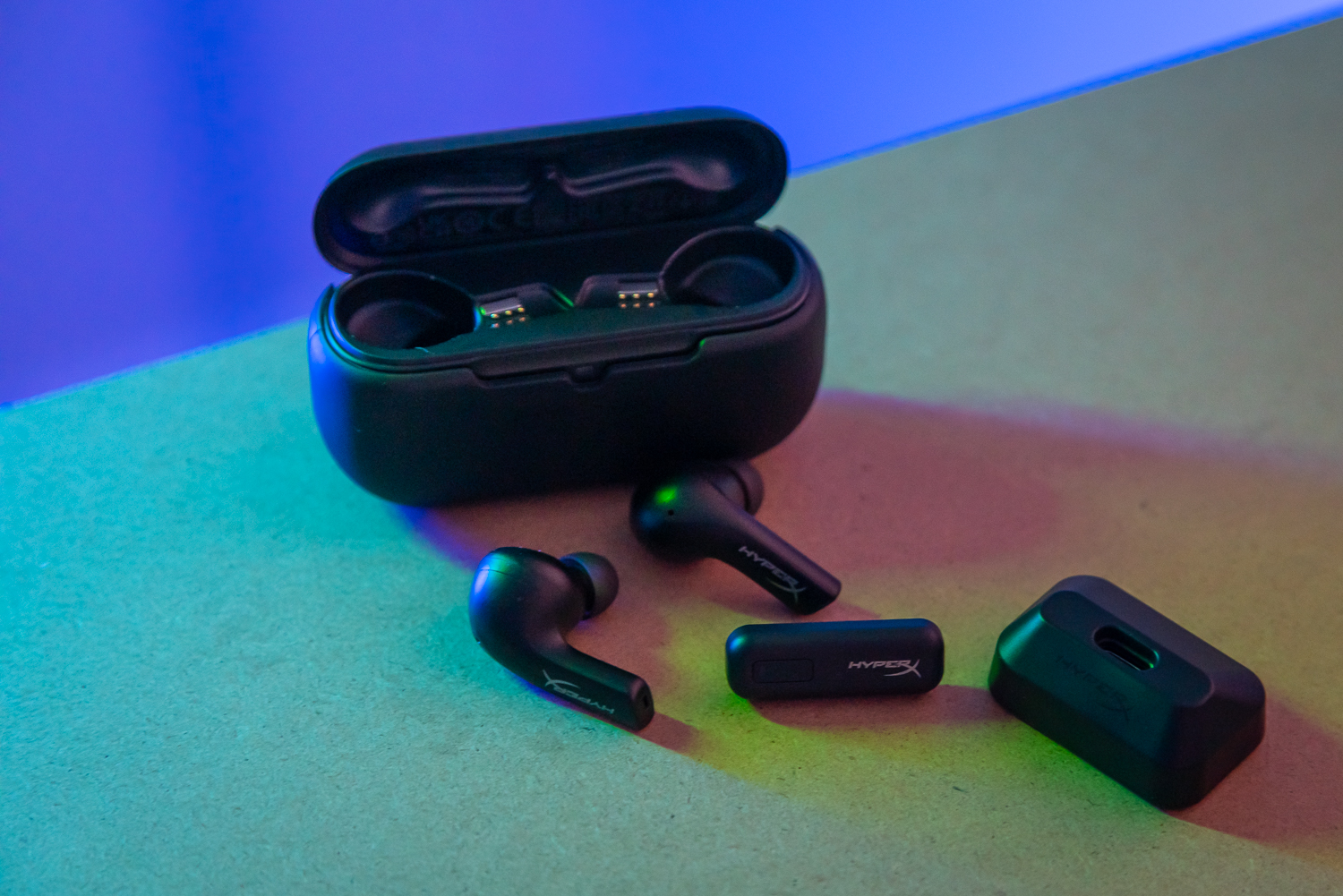
HyperX Cloud Mix true wireless earbuds
MSRP $150.00
“The HyperX Cloud Mix earbuds are great for gamers with a ton of devices, but they’re a bit more expensive than they should be.”
Pros
- Excellent battery life
- Comfortable
- Solid sound quality in games
- Work with virtually any device
- Great microphone quality
Cons
- Frustrating touch controls
- Expensive
- No ANC
Do you need a dedicated set of true wireless earbuds for gaming? HyperX, which is behind some of the best gaming headsets you can buy, thinks so. The Cloud Mix earbuds join a small list of true wireless earbuds focused solely on gaming, which begs the question of whether gaming-specific true wireless earbuds need to exist at all. Although they’re great earbuds, I’m still struggling to see what gaming earbuds do that the countless options from Sony, Bose, and Apple don’t.
Excellent connectivity and battery life push the HyperX Cloud Mix earbuds above previous attempts from Razer and Turtle Beach, bringing them closer to competing with the best true wireless earbuds. HyperX hasn’t completely hit the mark yet, though. The Cloud Mix earbuds are expensive at $150, and they’re lacking some features like smart assistant support and active noise canceling (ANC).
Design
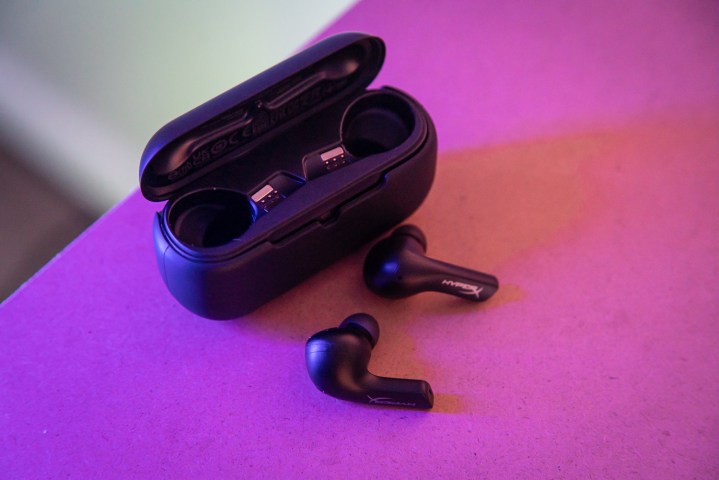
The Cloud Mix earbuds are basic, which is par for the course with HyperX. They don’t have battery-sucking RGB like the Razer Hammerhead earbuds, and they don’t come with ANC like the Bose QuietComfort Earbuds. The Mix earbuds are a couple of black sticks, and I prefer them that way.
They look like earbuds with the wires snipped off, similar to Apple’s AirPods, with extended sticks that nestle into your ears to provide extra support. Unlike the AirPods, though, HyperX goes for a wider case that lays the earbuds flat inside. It makes the case much thinner than the cases you normally see.
In the box, you get the earbuds, a charging case that extends battery life, a silicon shell for the case, and a low-profile USB-C adapter. This adapter is a big deal, allowing you to use the low latency connection across PC, Nintendo Switch, PS4, PS5, and even your phone. HyperX includes an adapteor stand, too, so you don’t need to take up a USB-C port on your PC.
Pairing and switching between Bluetooth and 2.4GHz is dead simple.
These platforms all work with the 2.4GHz connection, but they also work with Bluetooth 5.2, which is built into the Cloud Mix earbuds. You can maintain a Bluetooth and 2.4GHz connection at the same time, but you can’t use them simultaneously. I would have liked to have both available — for game audio from a console and Discord from a phone, for example — but pairing and switching between the connections is dead simple.
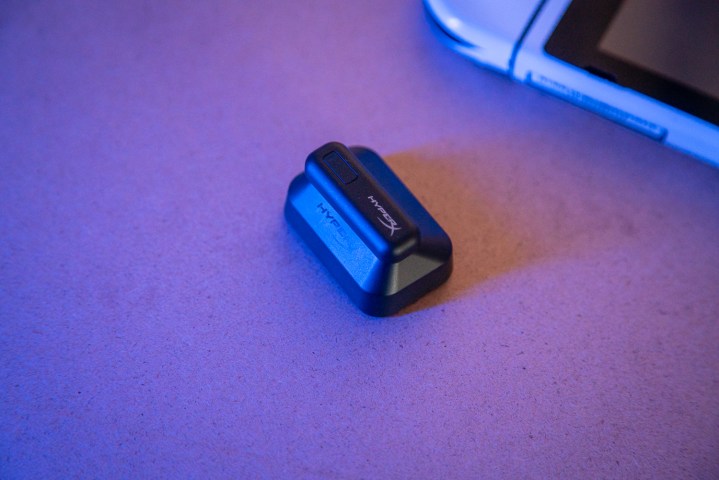
Switching is accomplished via a button on the USB-C dongle, but the rest of the functions are done with touch controls on the side of the earbuds. One press is for play/pause, two is to skip a track, and three is to go back a track. You can long press to engage the microphone, and HyperX says you can remap touch controls using its Ngenuity software (which I haven’t have been able to test yet).
The touch controls aren’t great, though. There’s no volume control, which is critical, and I still struggle to find the exact spot that picks up touch inputs. It seems to jump around each time I use the earbuds, sometimes triggering on the top while other times only activating when I press in the center. I constantly activated the controls inadvertently while adjusting the earbuds and popping them out, too, which was frustrating.
Although I’m not a fan of the touch controls, the wide platform support is what stands out for the Cloud Mix earbuds. I never had to worry about using the earbuds on a particular platform, and I liberally swapped between devices because of how simple it is.
Sound quality

Despite the best efforts, the Cloud Mix earbuds still fall victim to the sound issues that are common among in-ear buds. The lack of bass response is what stands out most, with deep bullet hits in Destiny 2 and devastating final blows in Elden Ring not ringing out like I’m used to. The bass is there, but it’s implied, not felt.
That’s strange considering HyperX says the Cloud Mix earbuds have an extended frequency range going down to 10Hz. Most headsets only go down to 20Hz. This sub-bass region isn’t represented, though. Even with bombastic 808s in Kendrick Lamar’s Mr. Morale & the Big Steppers and scorching kick drum lines in Periphery’s Blood Eagle, I never felt the punchy low-end that earbuds like the Apple AirPods Pro offer.
Despite the lacking bass, sound quality isn’t bad. There’s a bit too much presence in the upper midrange, making some sound effects in games come off as harsh. There’s still a lot of detail, though. Bullets, footsteps, and subtle sound effects all play well on the Cloud Mix earbuds, with excellent stereo imaging.
I particularly like using the Cloud Mix earbuds with the Steam Deck and Nintendo Switch.
An area I wasn’t able to test was DTS:X surround sound. This is a major selling point for the Cloud Mix earbuds, but HyperX didn’t have it ready in time for this review. I’ll update this review once the software is available.
Although I’d reach for a premium gaming headset like the SteelSeries Arctis Nova Pro for an immersive gaming experience, the Cloud Mix earbuds hold up well. I particularly liked using them with the Steam Deck and Nintendo Switch, where I could pop one earbud out without a chunky gaming headset hanging off my head.
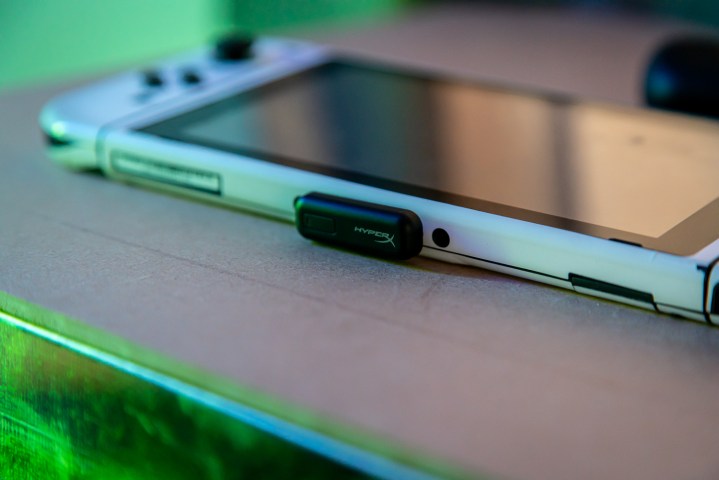
An area where the Cloud Mix earbuds really shine is the microphone. There isn’t much noise cancellation, but the mics are still remarkably clear and detailed. You could easily communicate with your team using this mic, which is more than can be said for even some over-ear headsets.
Battery life
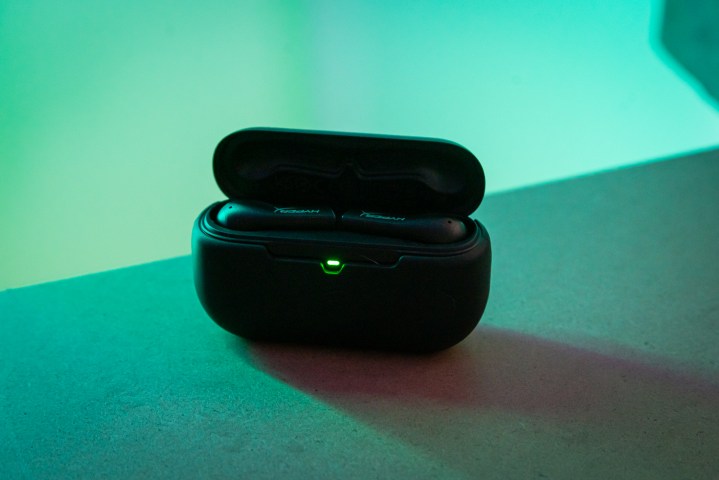
The Mix earbuds have excellent battery life, at least as far as true wireless earbuds go. HyperX claims 10 hours on the earbuds alone, which you can extend up to 33 hours over Bluetooth with the charging case. That’s a little high from my experience, though. I spent a long afternoon playing on my Steam Deck over Bluetooth and the earbuds needed a charge after about eight hours.
That’s higher than the direct competition. The Razer Hammerhead is the next highest at si-and-a-half hours on the earbuds alone, while the Turtle Beach Scout Air earbuds need a charge after only five hours. Eight hours is the same battery life as the Jabra Elite 7 Pro, which is our top pick for true wireless earbuds at the moment. The Mix earbuds don’t have ANC, granted, but the battery life is still great.
Comfort
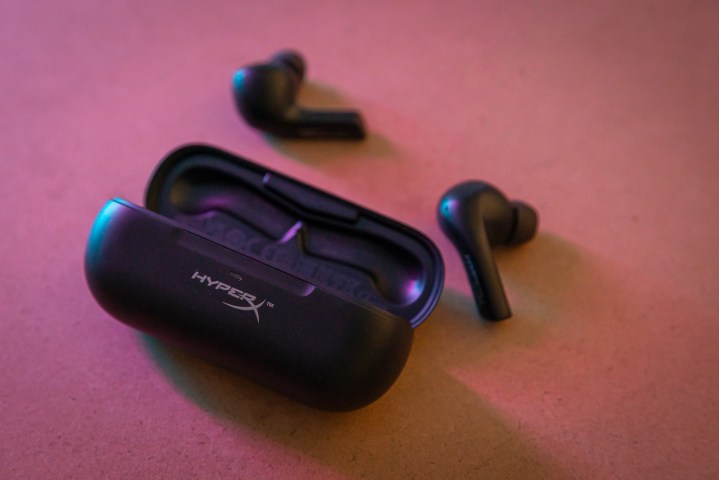
I tend to not opt for earbuds in general because, frankly, they hurt my ears. I even returned the top-rated Sony WF-1000XM4 because they irritated my ears. Not the Mix earbuds, though. From sitting at my PC to laying on the couch testing the Steam Deck, I used the Mix earbuds for hours on end without even a minor annoyance.
They’re not too large, but the bulk at the top might irritate smaller ears. That’s true of most true wireless earbuds, however. The HyperX Cloud Alpha Wireless still goes a long way to improve comfort with three different tip sizes and a lightweight build that’s not too top-heavy.
Software
HyperX’s Ngenuity software wasn’t ready for me to test with the Mix earbuds, so I’ll update this review once the app is available on iOS, Android, and Windows. You can read my HyperX Cloud Alpha Wireless review for an overview of this simple utility.
You’ll be able to adjust a 10-band EQ, remap the touch controls, and turn on DTS:X in the app once it’s available. There isn’t too much here to influence my final score outside of DTS:X, which is a critical aspect of the Mix earbuds that’s missing at the moment.
Our take
HyperX is stepping into a vast market with its first true wireless earbuds. Although direct gaming competitors are few and far between, companies like Apple, Sony, and Bose have been chipping away at this market for years. HyperX takes notes with excellent battery life, great comfort, and serviceable sound quality, but some issues with software and touch controls hold it back from enticing gamers to make the jump to true wireless earbuds.
Are there any alternatives?
The most direct competitors to the HyperX Cloud Mix earbuds are the Razer Hammerhead and Turtle Beach Scout Air Earbuds, both of which are cheaper. Outside of gaming, the Jabra Elite 7 Pros are around $50 more expensive, but they come with ANC, wireless charging, and dust/water protection.
How long will it last?
You could use the HyperX Cloud Mix earbuds for years. There’s nothing holding them back from working with modern devices, so as long as Bluetooth and USB-C are supported, you can continue to use these earbuds.
Should you buy it?
Yes. A focus on battery life, comfort, and connectivity make the HyperX Cloud Mix earbuds more practical than competitors like the Razer Hammerheads, even if HyperX’s take is more expensive. Still, the earbuds are lacking ANC and support for smart assistants, making the $150 price tag a bit tough to swallow.
Editors’ Recommendations



